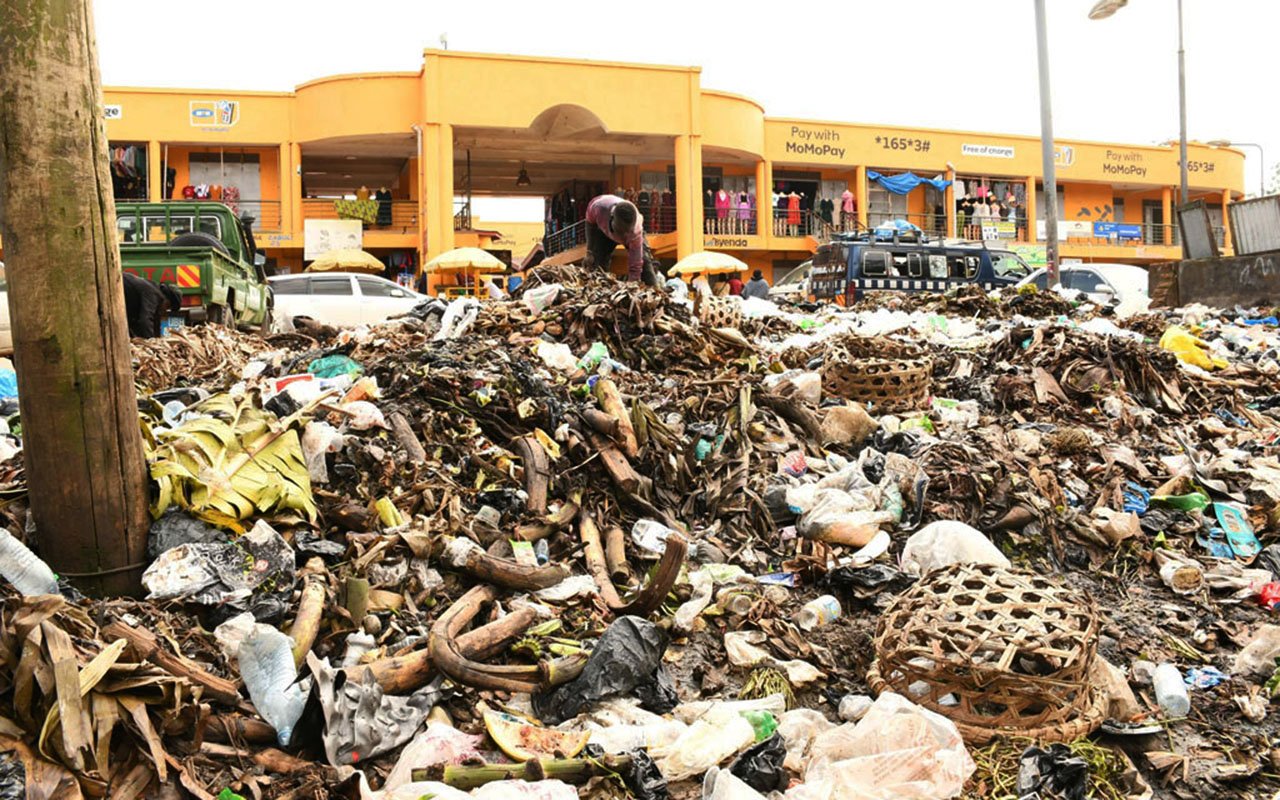Prime
Shs100m milk cooler rusting away in Namutumba

Milk is one of the items frequently traded in East Africa.
What you need to know:
The milk cooler was a presidential initiative aimed at adding value to milk after the government supplied heifers to model farmer groups in Busoga Sub-region through the National Agriculture Advisory Services (Naads) programme
A Shs100m milk cooling tank in Nakyere Village, Namutumba Sub-county, Namutumba District, is rusting away following dairy farmers’ failure to produce adequate milk over the past 15 years.
The milk cooler was a presidential initiative aimed at adding value to milk after the government supplied heifers to model farmer groups in Busoga Sub-region through the National Agriculture Advisory Services (Naads) programme.
Mr William Kintu, who supervised the installation of the milk cooler, says it was constructed in 2008 under the Community Agricultural Infrastructure Improvement Programme (CAIIP) to serve the districts of Bugiri, Kaliro, Iganga, Luuka and Namutumba.
“The entire design cost was Shs100m, including buying a generator, whose repair and fuel was going to be met by the dairy farmers,” Mr Kintu says.
He adds that they have written to the Ministry of Agriculture, Animal Industries and Fisheries (MAAIF), through the district leadership, requesting government intervention but have yet to receive a response.
Mr Paul Walugada, the secretary of Namutumba District Dairy Farmers’ Association, says dairy farmers failed to meet their milk-production targets.
“Between 2008 and 2009, the district had 132 dairy farmers and each of them was expected to produce at least 20 litres of milk for the machine per day, with many of them failing to meet that target,” he says.
He adds that this is because the government gave them Jessy exotic breed cattle, whose milk production was low, compared to Holstein Friesian breed .
“We were surprised when the animals started giving us 10 litres of milk per day instead of 20 litres of milk per day. I think that was the reason the project failed,” Mr Walugada says.
Mr Samuel Gusango, the Namutumba Sub-county LC3 chairperson, says Namutumba District milk production does not reach 10,000 litres per year.
“It is unfortunate that the government spent money to set up a machine it has failed to operationalise,” he says.
However, the farmers blame the low milk production on the alleged poor breed of heifers given to them by the government.
The farmers say the animals produced little milk, while others died as a result of the farmers’ limited knowledge in handling exotic animals.
Mr Robert Kadaya, a resident of Ituba Parish in Namutumba Sub-county, says several animals died because their owners lacked access to veterinary doctors and extension workers, while others did not have money to treat them.
Ms Aidah Naigaga, also a dairy farmer in Namutumba Town Council, says some animals died after farmers introduced them to zero grazing where they are confined to a desired area.
This type of grazing, he says, was alien to the animals because many were communally grazed.
He added that it exposed the animals to diseases, including ticks.
Mr Ayub Mugoole, the Nakyere Parish LC2 chairperson, says the government should have carried out a census to establish the number of animals in the district, how they are reared and the amount of milk produced before setting up the facility.
“We are lamenting about the non-functionality of the milk-cooling machine, but it was constructed in a place which is not a cattle corridor,” he says.
He adds that the district leaders were optimistic that the project was going to be a source of revenue but that hasn’t been the case.
Efforts to get a comment from MAAIF were futile by press time.
However, the Namutumba District production officer (DPO), Mr Apollo Musita, said issues to do with poor milk production depend on animal management and the breed, but largely management.
“But the person with the right information is the district veterinary officer,” he said in a telephone interview.
When contacted, Dr Samuel Kibwika, the district veterinary officer, declined to comment, saying he was in a meeting.
However, the MAAIF, together with the Uganda Bureau of Statistics, conducted a National Livestock Census in all districts between February 18 and 25, 2008.
At the time, the government noted that livestock data in the country was grossly lacking.
According to the census report, the end of the census, eastern Uganda, under which Namutumba falls, had more than 2.4 million cattle, representing 21.8 percent.



